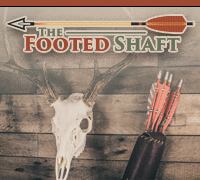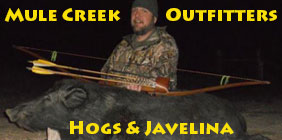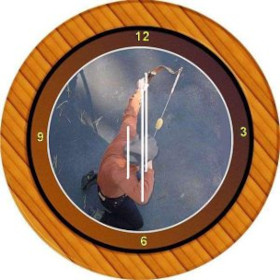This may be a dumb question, but what it the theory behind the trapezoid configuration used on the limbs of some bows?
For example, I have two different longbows that have essentially reverse trapezoid configurations. My RER TD Vortex is tapered so that the belly is more narrow than the back and my Griffin is tapered so that the back is more narrow than the belly.
What characteristics do these configurations impart to the bow? The bows are very dissimilar in other facets, so it is difficult to compare smoothness, speed, etc.. from my end. Incidentally, I really like both bows. I just am curious about this from a design aspect.














